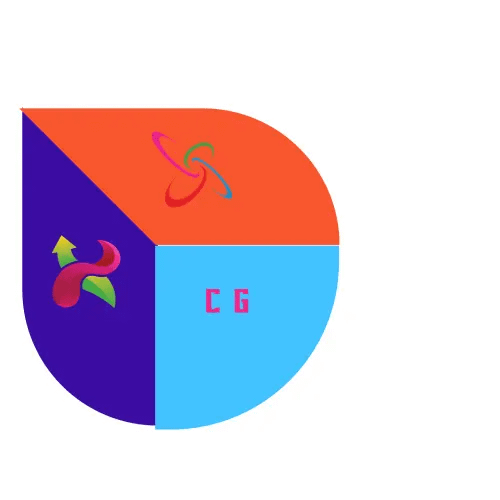Brackets IDE Free Download
Key Details
Brackets is an open-source integrated development environment (IDE) specifically designed for web development. Here are some key details about Brackets IDE:
1. **Open Source:** Brackets is freely available and open-source, meaning that developers can access, modify, and contribute to its source code.
2. **Focused on Web Development:** Brackets is tailored for web development, with a primary emphasis on HTML, CSS, and JavaScript. It provides features and tools that make it easier for developers to work on web projects.
3. **Live Preview:** One of Brackets’ notable features is its live preview capability. Developers can see real-time changes in the browser as they edit their code, providing a quick and interactive way to visualize the impact of their changes.
4. **Inline Editors:** Brackets allows for inline editing, enabling developers to edit CSS and JavaScript code directly within HTML files. This feature simplifies the process of managing related code in a single view.
5. **Preprocessor Support:** Brackets supports preprocessor languages such as Less and SCSS, offering syntax highlighting and other features to enhance the development experience with these languages.
6. **Extensions:** The IDE supports a range of extensions that developers can install to enhance functionality. These extensions cover a variety of areas, including language support, version control integration, and additional tools for web development.
7. **Quick Edit:** Brackets includes a “Quick Edit” feature that allows developers to modify CSS rules quickly. When selecting an element in the HTML, the corresponding CSS rule can be edited directly without navigating to a separate CSS file.
8. **Theming:** Brackets provides the ability to customize the appearance of the IDE through various themes. Users can choose from a variety of themes or create their own to suit their preferences.
9. **Git Integration:** Brackets has built-in Git integration, allowing developers to manage version control directly from the IDE.
10. **Cross-Platform:** Brackets is available for Windows, macOS, and Linux, making it accessible to developers using different operating systems.
While Brackets has been a popular choice for web developers, it’s important to note that as of my last knowledge update in January 2022, the development status and community support may have evolved, and users are encouraged to check the official Brackets website for the latest information.
How to use
Using Brackets is a straightforward process, and it offers a user-friendly interface. Here’s a general guide on how to use Brackets for web development:
1. **Installation:**
– Download and install Brackets from the official website (http://brackets.io/).
– Follow the installation instructions for your specific operating system (Windows, macOS, or Linux).
2. **Opening a Project:**
– Launch Brackets after installation.
– Open an existing web project or create a new one. To create a new project, go to File > New Project and select the appropriate folder.
3. **Editing Code:**
– Brackets provides a clean and intuitive code editor. Open HTML, CSS, or JavaScript files within your project by clicking on the file in the file explorer on the left.
4. **Live Preview:**
– To see live changes as you edit your code, use the live preview feature. Click on the lightning bolt icon in the top-right corner or go to File > Live Preview.
5. **Quick Edit:**
– For quick editing of CSS rules, select an HTML element, right-click, and choose “Quick Edit.” This allows you to modify the corresponding CSS directly.
6. **Extensions:**
– Explore and install extensions to enhance functionality. Go to File > Extension Manager to browse available extensions. Install the desired ones to extend Brackets’ capabilities.
7. **Theming:**
– Customize the appearance of Brackets by changing themes. Go to View > Themes and select the theme you prefer.
8. **Git Integration:**
– If you’re using Git for version control, Brackets has built-in Git integration. You can clone repositories, commit changes, and manage branches directly from the interface.
9. **Preprocessor Support:**
– If you’re working with preprocessor languages like Less or SCSS, Brackets provides syntax highlighting and support. Just create or open files with the corresponding extensions.
10. **Saving and Running Projects:**
– Save your changes regularly by pressing Ctrl+S (Windows/Linux) or Command+S (Mac). To run your project outside the live preview, open your HTML file in a web browser.
11. **Closing and Exiting:**
– Close Brackets by clicking the “x” button on the top right. It will remember your open projects and files for the next session.
Remember that Brackets’ interface may receive updates, and specific steps might vary slightly based on the version you are using. Always refer to the official documentation for the most accurate and up-to-date information.
